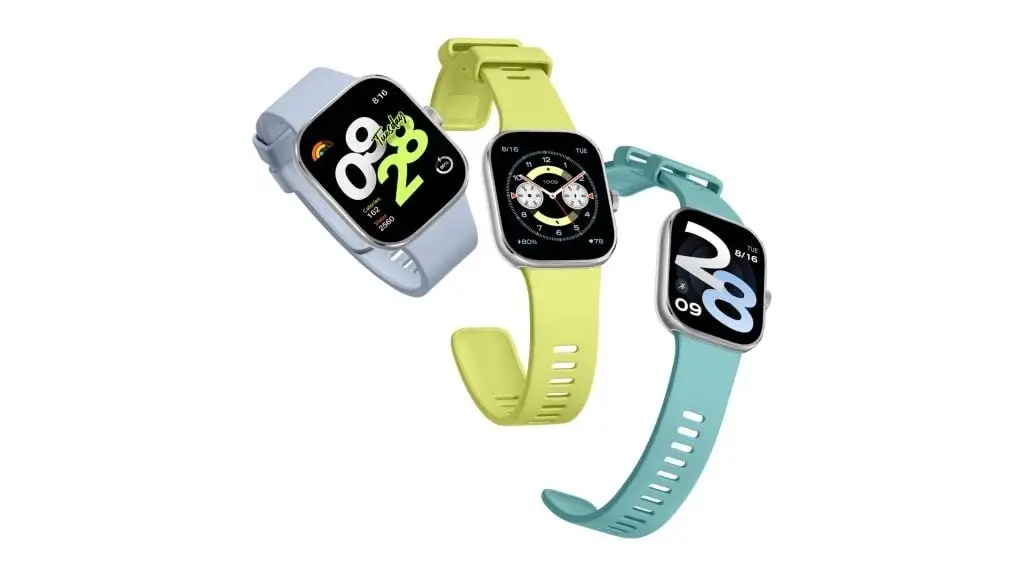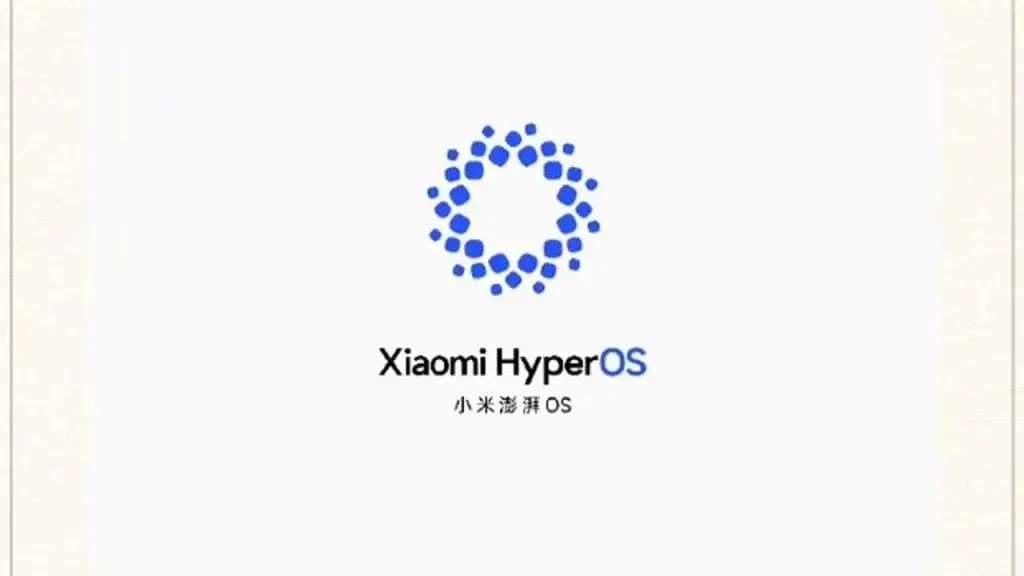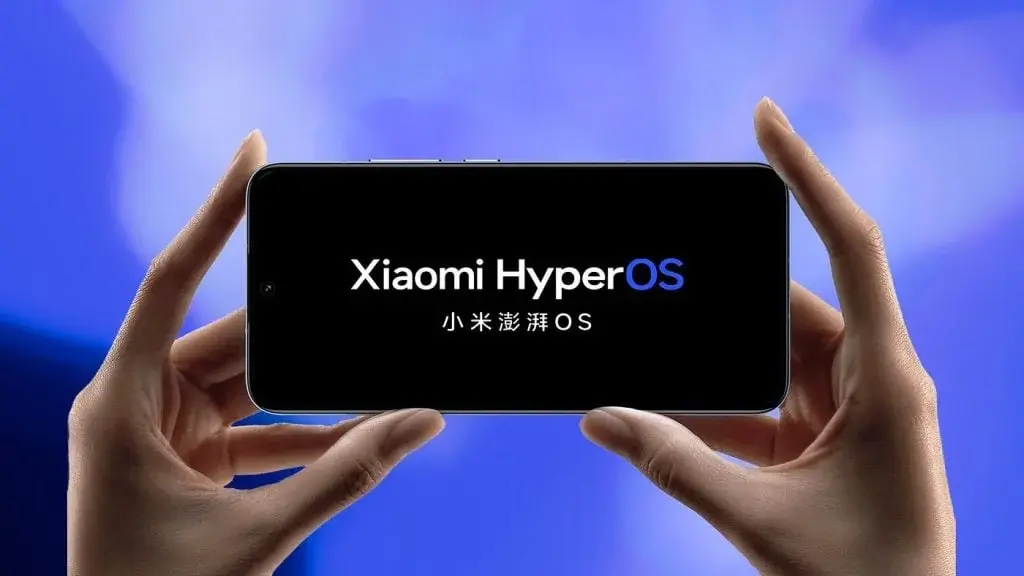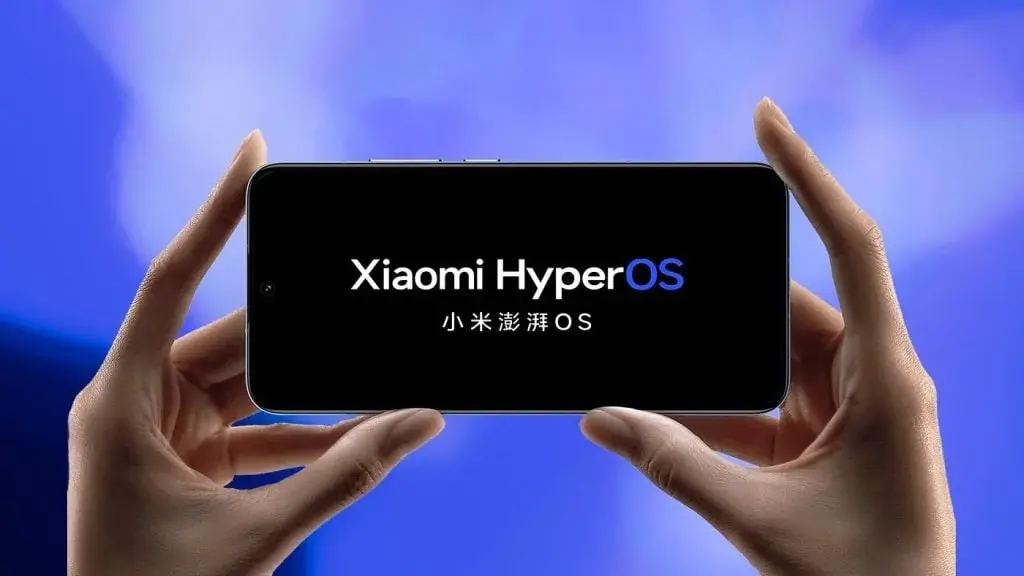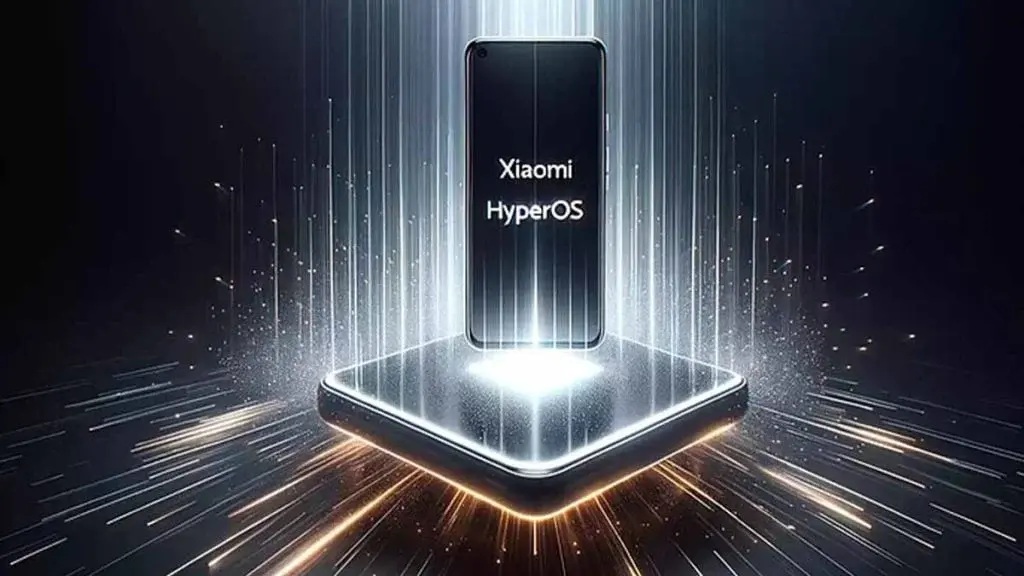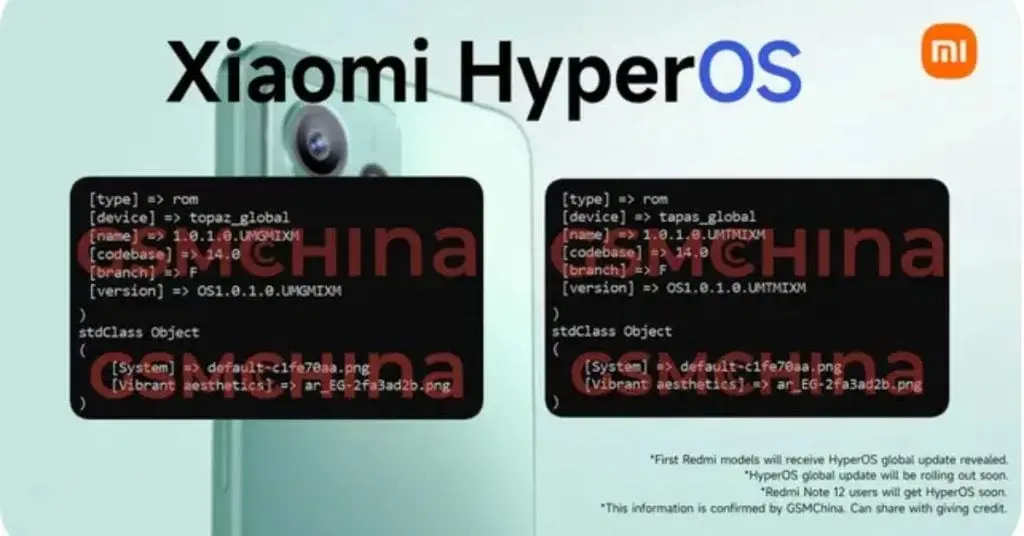Redmi Watch 4 International Launch
Unveiled alongside the Redmi K70 series in China toward the end of November, the global rollout of the Redmi Watch 4 is now in full swing. Despite not debuting with Xiaomi’s most recent software outside of China, the Redmi Watch 4 introduces an array of enticing features and enhancements.
Redmi Watch 4 Detailed Features
The Redmi Watch 4 showcases a sturdy aluminum alloy frame complemented by a stainless steel crown and a convenient quick-release strap mechanism. Its standout characteristic is its 1.97-inch rounded rectangular AMOLED display featuring an LTPS 5Hz screen, delivering a smooth 60Hz refresh rate and an impressive peak brightness of 600 nits. Users can indulge in a vast selection of over 200 watch faces and benefit from automatic brightness adjustment facilitated by the ambient light sensor.
Health and fitness enthusiasts will find the Redmi Watch 4 to be a reliable companion, thanks to its 4-channel PPG sensor for heart rate and blood oxygen monitoring. Additionally, it integrates an accelerometer, gyroscope, and GPS to cater to a wide array of activities exceeding 150 sports modes. Moreover, users can take advantage of fundamental utilities like sleep tracking, stress monitoring, real-time weather updates, a stopwatch, app notifications, and more. Notably, the device also boasts a built-in microphone and speaker, enabling seamless Bluetooth calling functionality.
Regarding durability, the Redmi Watch 4 offers water resistance up to 5 ATM, ensuring reliability in various environments. Powering the device is a robust 470mAh battery, capable of delivering up to 20 days of usage under normal conditions.
Redmi Watch 4 Pricing Details
Priced at $107, the Redmi Watch 4 is obtainable in two stylish color options: Silver Gray and Obsidian Black. Customers have the flexibility to acquire additional differently colored straps at an extra expense, enhancing personalization opportunities.
On the whole, the Redmi Watch 4 stands out with its significant hardware enhancements and a diverse feature set, making it an attractive wearable gadget for users beyond the borders of China. Its competitive pricing and sleek aesthetics are poised to capture the attention of the global market.

